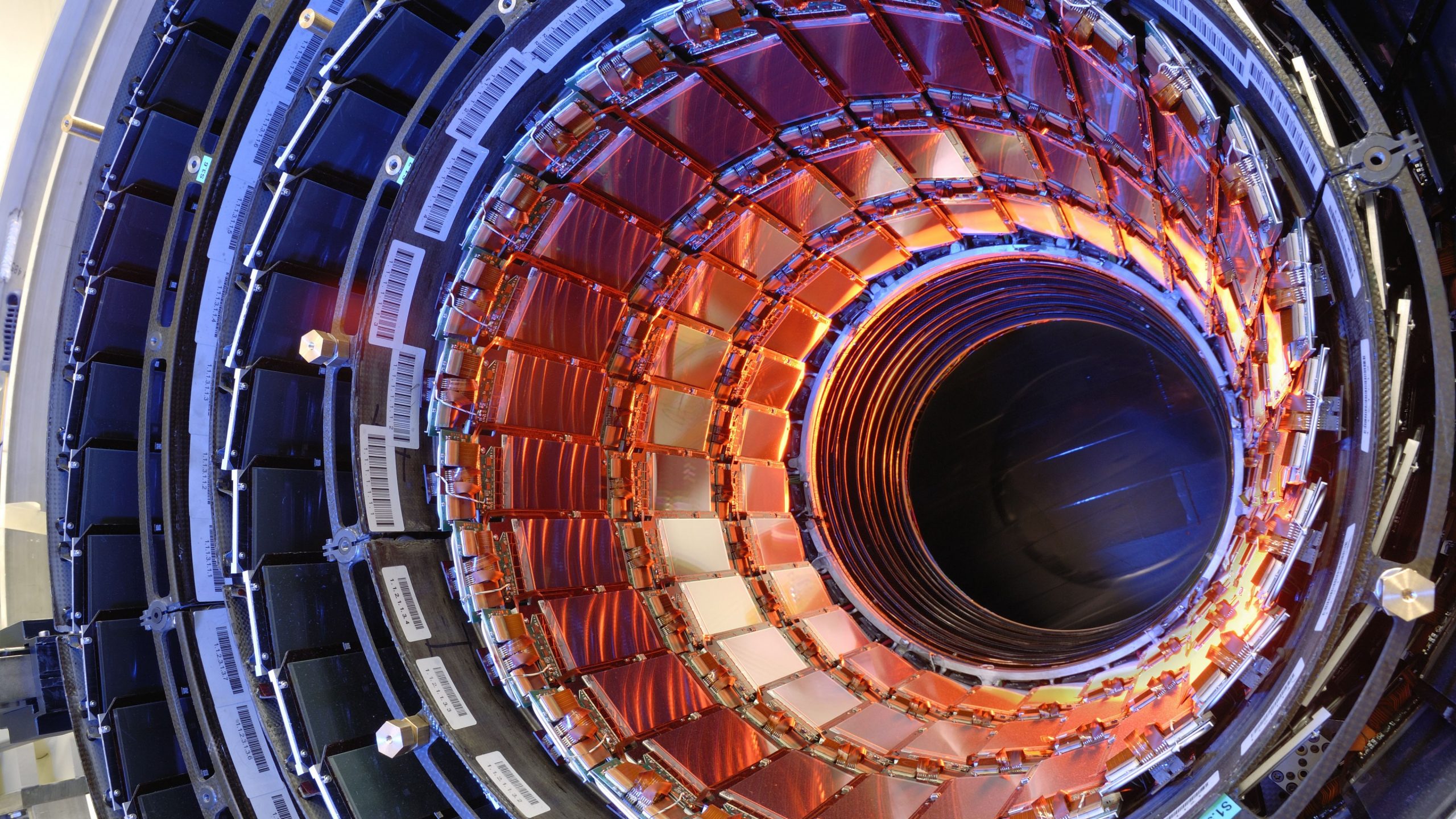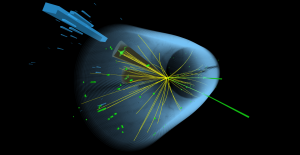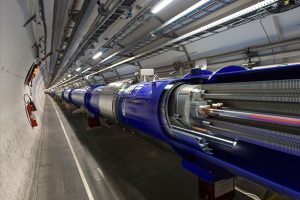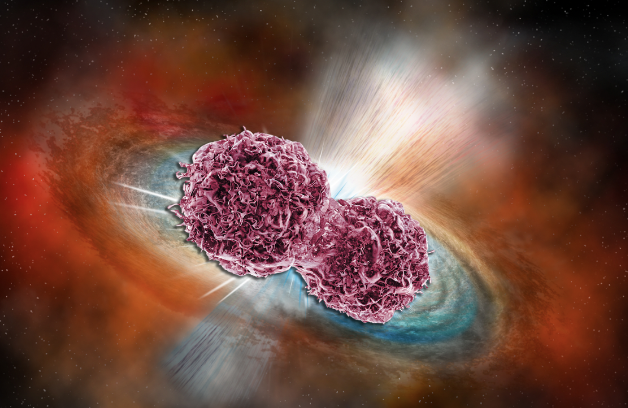
The God Particle
By MJ Smith
- Astrophysics is often defined by Albert Einstein, scientist of unparalleled intellect who established a new rulebook of universal physics. Left within his legacy was a field of science that has consequently expanded, increasing the accuracy and quantity of astrophysical theories and creating an enigma for generations of physicists proving his work. The advancement of this Standard Model of Particle Physics opened up questions around particle mass and size, ultimately answered by the evolution of the Large Hadron Collider and the “Higgs Boson,” which tells a story of success in which theory becomes evidence.
- The year is 1964: quantum mechanics is revolutionizing the field of theoretical physics, and among its theories is the revelation that some subatomic particles like quarks and electrons explained as only part of their mass’ origins. For example, neutrons and protons get their mass from nuclear force that does not work in the same manner as it does for electrons and quarks. Theoretically, a combination of reasons explained where they got this mass—mainly from the dynamics of quarks and gluons—but it did not explain how the particles interact with each other’s magnetic fields; and most importantly, these reasons had notbeen proven. This force-carrying particle theorized by a team led by Peter Higgs would explain the final 1% of where the mass of protons and neutrons originates.

- This particle, called the “Higgs boson,” was estimated to provide mass to elementary particles through the excitation of its field, which is different from that of larger subatomic particles, including nucleons. The prominence of the theory involved a theoretical field associated with a particle not-yet detected Higgs boson. Finding this small, mystery particle would prove thatthe Higgs field exists and solve for a fundamental property of quarks and electrons. Coined by physicist Leon Lederman, the “God Particle” was born.

- Twenty years later, the European Council for Nuclear Research (commonly known as “CERN”) began to construct what will become the world’s biggest particle accelerator for the sake of finding the Higgs field. It would be the biggest endeavor in engineering history: 27 kilometers of superconducting magnets tucked beneath the border of France and Switzerland. After construction was completed, researchers began to look for the Higgs particle corresponding to the field, where the Large Hadron Collider (LHC) simulates an environment suitable for such a particle to survive. It emits high-energy protons and heavy lead ions toward each other at a speed close to that of the speed of light, and the electric fields of the magnets then manipulate the motion of the particles. Not only do these processes leave the properties of the particles unaffected, but they also work incredibly quickly with the aid of corrective engineering.
- Chains of hadrons are created through the collision of high energy subatomic particles through “strong interaction,” which binds subatomic particles, and it was found that the stronger the Higgs field interaction, the greater the particle’s mass. The Standard Model of Particle Physics proves the frequency and ways the boson will eventually split into its smaller components, which is one of the leading purposes of quantum mechanics—one of the most accurate models of astrophysics. Not only is the LHC Earth’s largest and most powerful machine, but there are countless universities and organizations that analyze the heaps of data from the LHC’s particle detectors to observe indications of various particle behavior phenomena. The nature of theoretical physics often unfolds inconsistently with experimental physics— hence, the Higgs boson was not observed until 2012—but the anticipation permitted the physical framework of the universe to be scientifically aligned and crack one of the greatest scientific disturbances of all time.
-
References
- Cooke, Michael. “Doe Explains…the Higgs Boson.” Energy.gov, DOE, https://www.energy.gov/science/doe-explainsthe-higgsboson#:~:text=The%20Higgs%20boson%20is%20the,all%20fundamental%20particles%20have%20mass.
- “The Standard Model.” Institute of Physics, 2022, https://www.iop.org/explore-physics/big-ideas-physics/standard-model.
- “How an Accelerator Works.” CERN, https://home.cern/science/accelerators/how-accelerator-works.
- “Facts and Figures about the LHC.” CERN, https://home.cern/resources/faqs/facts-and-figures-about-lhc.
